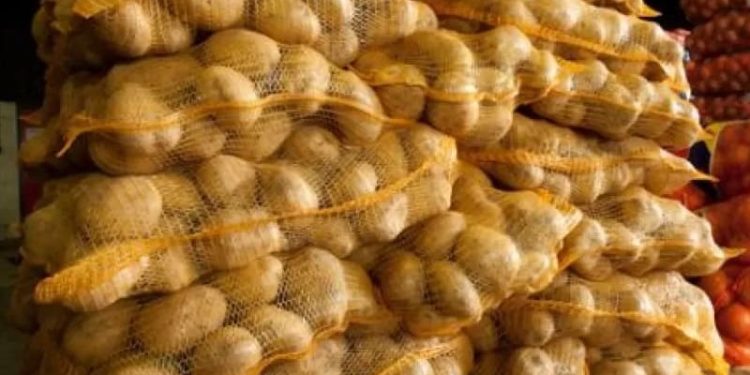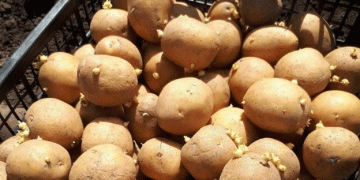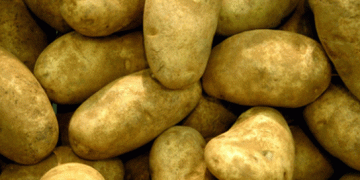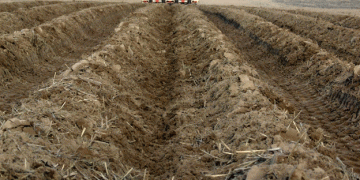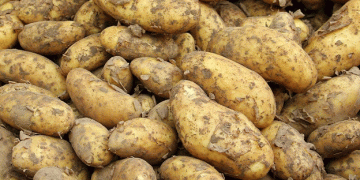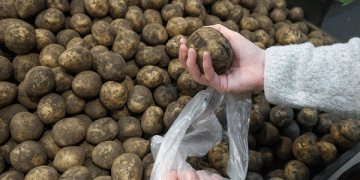#PotatoImports #AgriculturalTrade #FoodSecurity #SustainableFarming #LocalProduce #KyrgyzstanAgriculture
In the first half of the year, Kyrgyzstan imported 2.2 thousand tons of potatoes from seven countries. Let’s delve into the data provided by the National Statistical Committee and explore the implications of these imports on the local agricultural landscape.
In the span of January to June, Kyrgyzstan found itself importing a substantial amount of potatoes, totaling 2,222.6 tons, from a diverse set of nations. The data, sourced from the National Statistical Committee, reveals intriguing patterns in the country’s import activities. Russia led the charge, contributing 884 tons valued at 28.8 million soms, followed closely by the Netherlands, with 616.3 tons worth 30.2 million soms.
Additionally, Kyrgyzstan imported 325.2 tons of potatoes from Kazakhstan, amounting to 11.3 million soms. Germany supplied 187 tons valued at 15.4 million soms, while 116.3 tons worth 4.25 million soms came from Pakistan. Belarus and Uzbekistan also played roles, providing 80 tons (2.61 million soms) and 13.2 tons (330 thousand soms) respectively during this period.
What do these numbers signify for Kyrgyzstan’s agricultural sector?
These import figures underscore several vital aspects of Kyrgyzstan’s agricultural landscape. Firstly, they indicate a reliance on foreign potato sources, raising questions about the self-sufficiency of the nation’s potato production. While importing potatoes isn’t inherently negative, a careful analysis of the balance between local production and imports is necessary for ensuring food security and supporting local farmers.
Secondly, understanding the countries from which Kyrgyzstan imports potatoes provides valuable insights into international trade dynamics. For instance, the substantial imports from Russia emphasize the strong economic ties between the two nations, while imports from distant countries like the Netherlands and Germany reflect Kyrgyzstan’s willingness to explore diverse sources.
The implications for local farmers and agricultural experts:
Farmers, agronomists, and agricultural engineers in Kyrgyzstan should view these statistics as a call to action. Diversification of potato varieties, improving farming techniques, and investing in sustainable agricultural practices could enhance local potato production. Collaboration with scientists and experts can aid in adapting innovative agricultural technologies to the Kyrgyz context.
A Call for Sustainability and Collaboration:
In conclusion, while imports are essential for catering to the demands of a growing population, Kyrgyzstan’s agricultural stakeholders must focus on sustainable, locally-driven solutions. Embracing modern farming methods, promoting eco-friendly practices, and fostering collaboration between farmers and experts can bolster the nation’s agricultural resilience and reduce its dependency on foreign markets.
